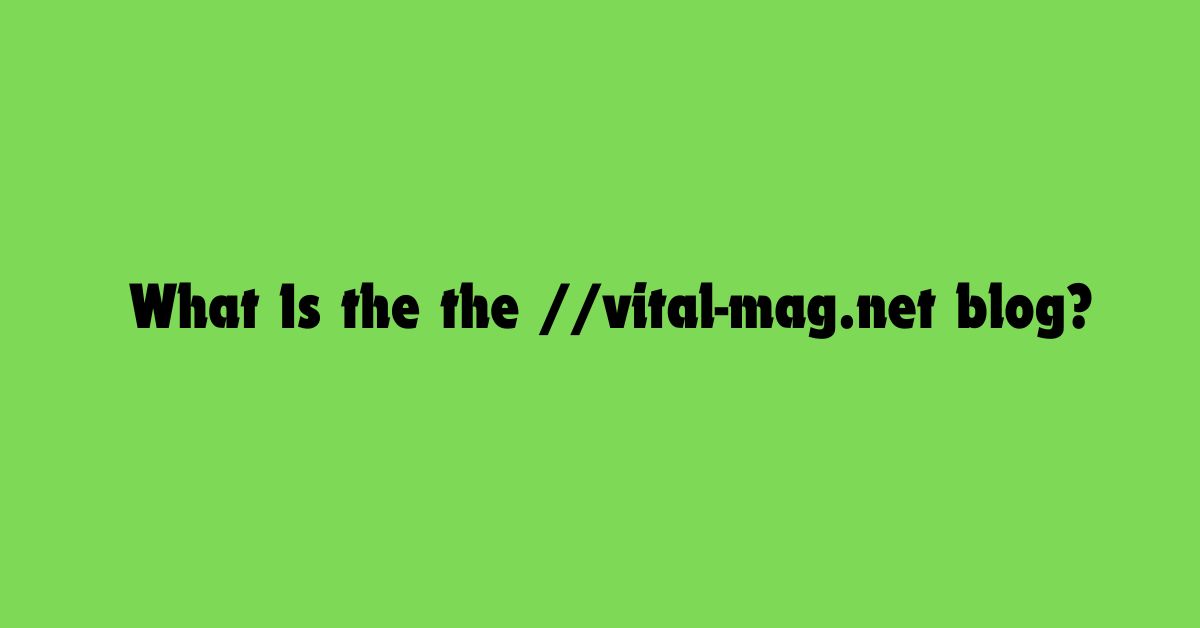Introduction
The ability to provide feedback effectively can make or break relationships and performance outcomes in the world of interpersonal communication, particularly in professional and educational settings. A very intriguing line that perfectly captures the nuance of this work of art is “when doubled a mild reprimand.” This sentence may appear confusing at first, but it contains an important lesson on how to give constructive criticism without going too far.
The Nature of a Mild Reprimand
A soft correction is a mild reprimand. Its goal is to guide rather than punish, and it is meant to confront an error or behavior without being harsh. A gentle scolding frequently acts as a reminder of standards and expectations. While acknowledging the mistake, it does it in a way that upholds the person’s dignity and promotes growth.
Doubling the Mild Reprimand
When we consider the phrase “when doubled,” we delve into the idea of repeating or reinforcing a mild reprimand. Doubling a mild reprimand can be understood in two main contexts: repetition and intensity.
- Repetition: It can be made more important by repeating a gentle admonition. Occasionally, it could take more than one mild correction to bring about the desired result. The message becomes clearer and more memorable by restating the feedback. This method guarantees that the person comprehends the importance of the matter without being overpowered by severe criticism.
- Intensity:
An alternative reading would be to tone down the severity of the reprimand while maintaining its general mildness. This can entail speaking in a more authoritative manner or giving more detailed illustrations of the problematic conduct. The intention is to communicate the gravity of the situation without becoming overly severe or depressing.
The Impact of a Doubled Mild Reprimand
A well-executed doubled mild reprimand can have several positive outcomes:
- Improved Understanding: The person is more likely to comprehend the significance of the criticism if the reprimand is reiterated or somewhat intensified. Better understanding and speedier behavioral changes may result from this.
- Preserved Relationships: Even when given again, gentle corrections keep partnerships healthy. It is less likely for the person receiving the comments to feel discouraged or attacked, which promotes cooperation and respect amongst all parties.
- Encouraged Growth: Giving thoughtful, constructive criticism fosters both professional and personal development. It assists people in identifying their areas of weakness while maintaining a sense of worth and support.
Applying This Approach in Different Contexts
- In the Workplace: Doubled light reprimands are a useful tool for managers and leaders to address behavioral concerns or performance issues. For example, in a one-on-one discussion, a management may bring up the issue if a worker routinely misses deadlines. If the behavior continues, the manager can bring up the subject again and emphasize how important it is to achieve deadlines without going as far as to give harsh punishment.
- In Education: This method can be used by teachers to help pupils with behavioral or academic concerns. Initially, a teacher may emphasize to a student the significance of submitting assignments on time. In the event that the student still struggles, the instructor may restate the lesson while offering more detailed advice and assistance.
- In Personal Relationships: Double the gentle reprimand is a valuable notion, even in personal interactions. Issues can be resolved without needless conflict by gently reminding a friend or family member about a problem and then repeating it if required.
Conclusion
The expression “when doubled a mild reprimand” captures a subtle way of giving constructive criticism. Through comprehension and implementation of the concepts of repetition and gradual intensification, we can provide positive feedback that fosters comprehension, maintains connections, and stimulates development. Learning this method can help you communicate more effectively and sympathetically in social, professional, and educational contexts.

















Leave a Reply
You must be logged in to post a comment.